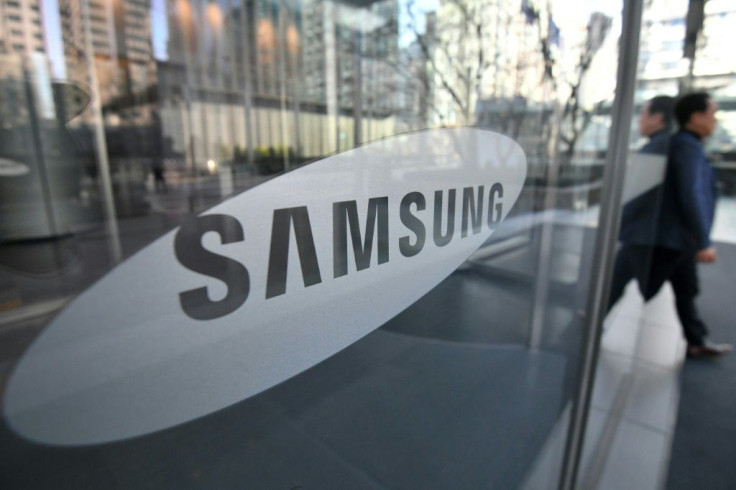Samsung Wins $6.6 Billion Verizon 5G Order

Samsung Electronics clinched a $6.6 billion agreement to provide 5G network equipment to Verizon in the United States, a regulatory filing showed Monday, expanding its presence in the strategically crucial market.
The South Korean tech giant said the massive deal was equivalent to 3.4 percent of its total worldwide sales last year, and a "long-term strategic contract".
Washington has banned US telecom firms from using network equipment manufactured by Samsung's Chinese rival Huawei on security grounds.
Samsung Electronics is the flagship subsidiary of the sprawling Samsung group, by far the biggest of the family-controlled South Korean conglomerates that dominate business in the world's 12th-biggest economy.
The order comes after the firm defied the coronavirus pandemic to post a 7.3 percent rise in second-quarter net profits thanks to strong demand for memory chips.
Samsung Electronics shares closed up 1.6 percent on Monday.
The US is considered behind other countries such as China and South Korea when it comes to deploying the potentially transformative technology.
To catch up, Washington announced last month that 100 megahertz of coast-to-coast spectrum long reserved for the military would be auctioned off to telecommunications firms for use in 5G networks.
First-generation mobile networks enabled wireless phone calls, and the second generation added texting.
Third-generation mobile networks could handle more data, such as sending pictures and using basic apps, while the current 4G networks can carry bigger loads such as streaming video.
5G networks are touted as promising an exponential leap in the amount and speed of wireless data, enabling advances in self-driving vehicles, virtual reality, connected health and more as sensors and servers communicate instantly.
© Copyright AFP {{Year}}. All rights reserved.





















